From the valleys of Portugal to the countryside of France, Europe is home to many prominent wine regions. Most wine drinkers are familiar with Champagne, Tuscany, and Bordeaux, but the continent is vast and holds many other regions that have a history steeped in great winemaking. Unsurprisingly, discovering the hidden gems of European wine can be a daunting, albeit tasty, endeavor.
To guide your journey — whether you’re looking to expand your palate or just your knowledge — we asked nine wine pros to share their views on the most underrated European wine regions. Read on to see their picks.
The Most Underrated European Wine Regions
- Lago di Bolsena, Lazio
- Bairrada, Portugal
- Sicily, Italy
- Jura
- Loire Valley, France
- Naoussa, Greece
- Georgia
- Ribeira Sacra, Galicia
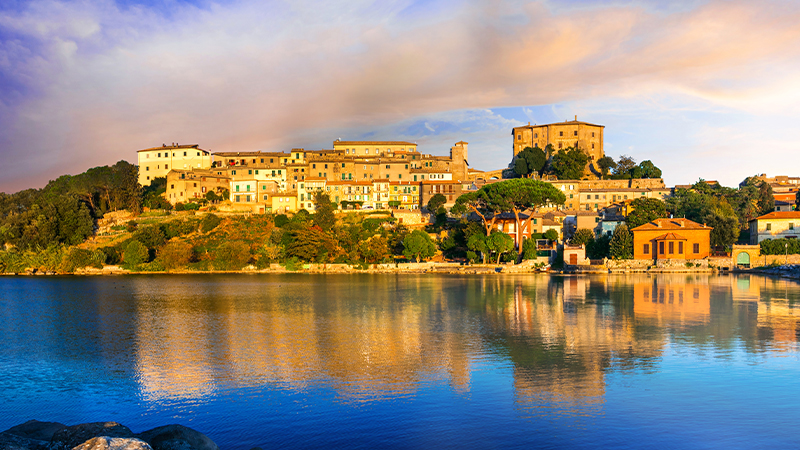
Don’t miss a drop!
Get the latest in beer, wine, and cocktail culture sent straight to your inbox.
“One up-and-coming region I’m incredibly excited about is Lago di Bolsena in Lazio. Located about 80 miles northwest of Rome, Europe’s largest volcanic lake has become a hotbed for a young generation of winemakers using native varieties and producing natural wines of the very first order. Spearheaded by Andrea Occhipinti and Le Coste, who arrived in the early 2000s, the area is now bustling with folks making killer wine. La Gazzetta, La Villana, Il Vinco, and Cantina Ortaccio are just a few of the emergent names in the region. More than specific producers, though, the area has a collective energy reminiscent of the Loire Valley a decade or so ago, with a sense that anything is possible. Expect big things and a brighter spotlight on Lago di Bolsena and Lazio in general in the future.” —Joseph DiGrigoli, wine director, Cotogna, San Francisco
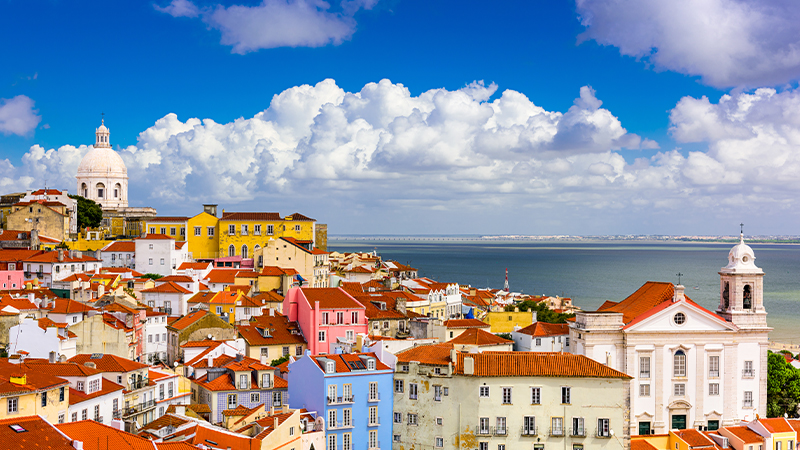
“Most of Portugal’s wine regions qualify as underrated, and I often find myself drawn to wines from Bairrada DOC. The region, which is situated in the center of the country between mountains and the Atlantic Ocean, has a rainy maritime climate and an array of soil types. Here, the red Baga grape dominates, creating wines with a powerful tannic structure, dark berry flavors, and high acid. Some versions are reminiscent of a Nebbiolo (a common comparison) while others show off Baga’s gentler, more playful side. The biodynamic Baga wines by Filipa Pato and William Wouter are consistently delicious and a great intro to the region. And Baga is just the beginning. You can also find wines made from Castelāo, Alfrocheiro, Touriga Nacional, as well as white grapes Bical and Fernāo Pires. Bairrada is also known for much of Portugal’s sparkling wine. Filipa and William’s 3B Sparkling Rosé, a blend of Baga and Bical, is a wine I always have on hand for impromptu celebrations.” —Amy Karasavas, wine educator and founder, That Pour Woman, Brooklyn
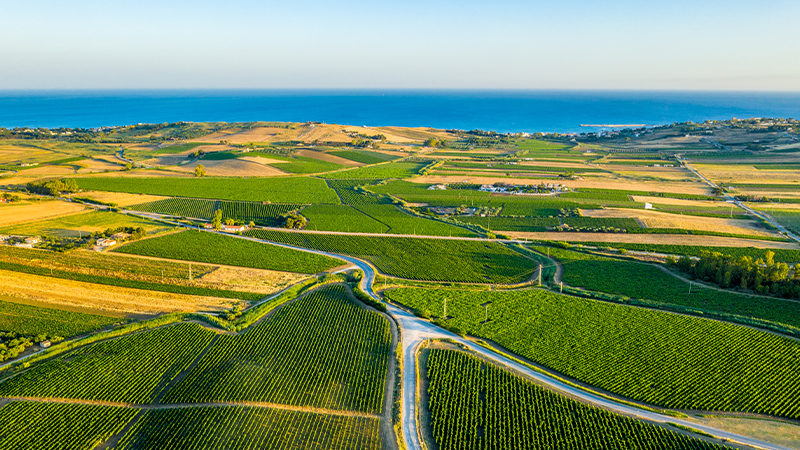
“The island of Sicily, with its volcanic soil and sandy beaches, is at the top of the list for me. The white wine that comes from Mount Etna is bright with high salinity, making it perfect for all seafood. The Grillo I have had from the island tends to be one of my favorite whites in general. Fuedo Montoni’s Grillo is fantastic. The reds tend to be light and earthy, and I’ve had some great orange wines and rosé from the region as well. I’d say that across the board the island easily over-performs.”—Chase Voight, beverage director at Saint Stephen, Nashville
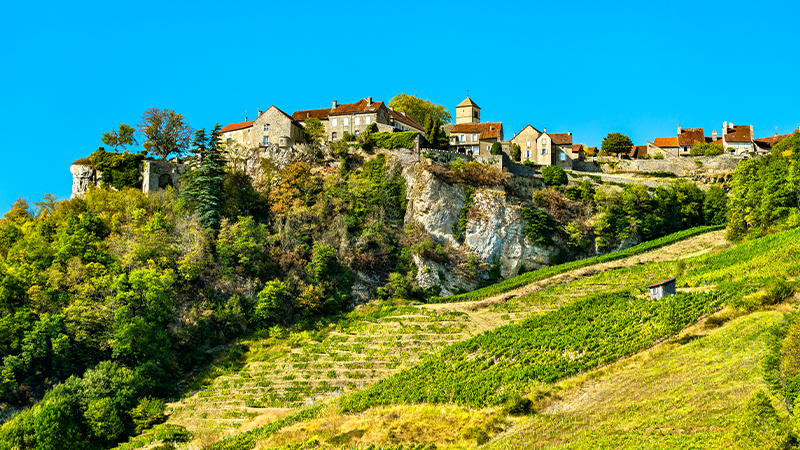
“The most underrated region in Europe is the Jura. Although it only extends over 80 kilometers (50 miles), the Jura wine region offers vast richness and variety. With Burgundy to its west, Switzerland to its east, and the Alps to its south, the region is nestled against the Jura mountains, bringing together seven controlled designations of origin (AOC) which that guarantee the authenticity of its wines, including the Arbois, the oldest and most extensive; the Côtes du Jura, which is found from north to south; l’Étoile; and Château-Chalon. There are five grape varieties found in the Jura — Chardonnay, Savagnin, Poulsard, Trousseau, and Pinot Noir — that allow it to produce some of the most elegant wines in the world. The Jura region also features the perfect expression of terroir through grapes that are unique to the region and others taken from their successful neighbors in Burgundy.” —Vincent Samarco, general manager and sommelier, Workshop Kitchen & Bar, Los Angeles
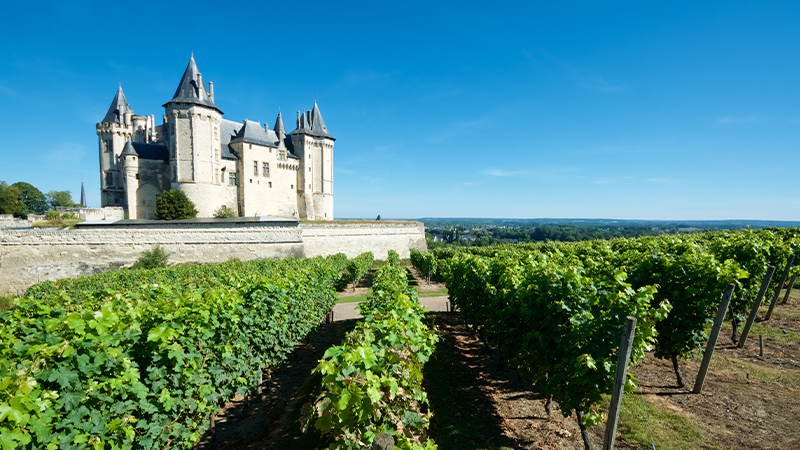
“I’ve been a fan of the Loire Valley ever since the beginning of my wine journey over 20 years ago. What I love most about the Loire is the diversity of wines the land produces. From its fresh Muscadets to its limestone-driven Sauvignon Blanc, food-friendly Anjou rosés, and fruity Cabernet Francs from Chinon.” —Nadine Brown, sommelier/principal, At Your Service Wine & Hospitality
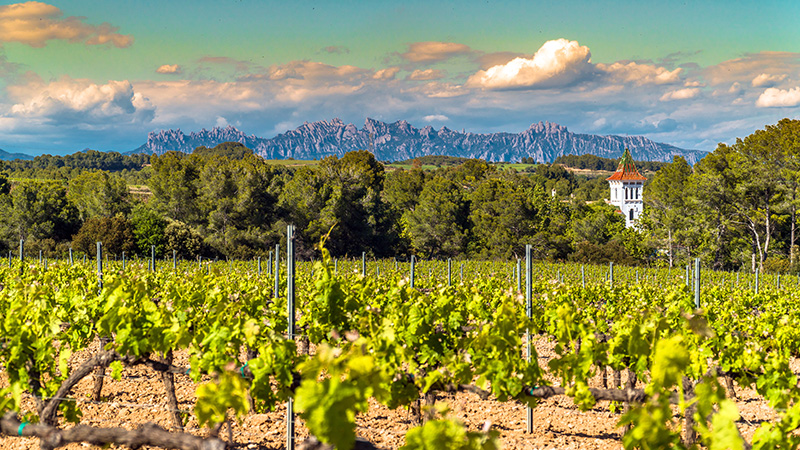
“Penedès, Spain is home to some of the best quality wines. Spain has lower prices because its reputation for quality is much more recent. Penedès is home to Cava and is also producing some of the best Grenacha and Cariñena. More recently, it’s producing Bordeaux varietals like Cabernet Franc, Merlot, and Cabernet Sauvignon, too. It won’t be a surprise to me when we start to see more and more consumers drinking Spanish wines.” —Nicole Haarklau, director of food & beverage, Hotel Vin, Grapevine, Texas
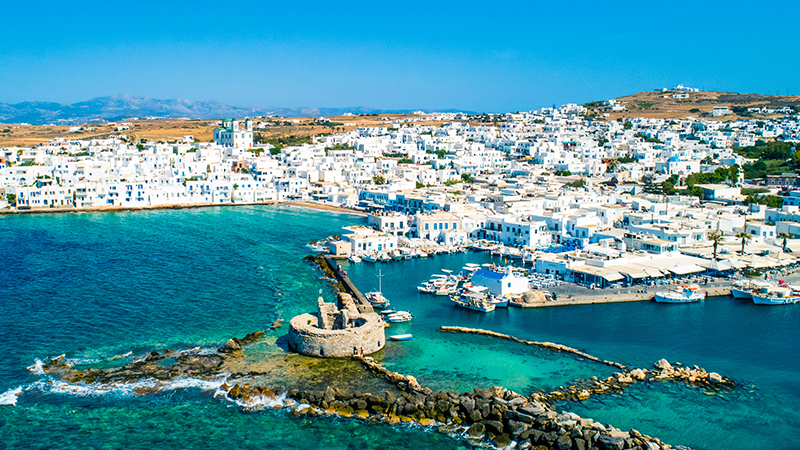
“I think the most underrated [country for wine] is Greece in general, but particularly Naoussa in northern Greece. Time and time again I’m blown away by the Xinomavro from Naoussa. I would put a bottle of Domaine Foundi 2007 against any Barolo from that year, and be happy that I paid a quarter of the price. If you’re a Gewürztraminer drinker or like aromatic whites, Malagousia ticks those boxes.” —Robert Morin, sommelier, Eastern Wine Bar, Washington, D.C.
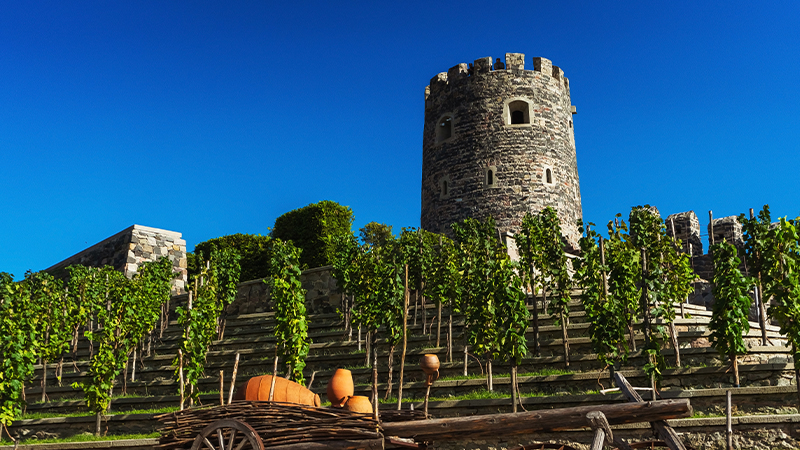
“I’d have to go with Georgia. While winemaking has been a tradition in this country for over 8,000 years, Georgia has experienced a period of rediscovery in the past few years. The number of wineries is growing exponentially, and we are slowly starting to see more of these wines of ancient tradition and indigenous varieties come into the U.S. markets.” —Megan Mina, beverage director, Zero Restaurant + Bar, Charleston, S.C.
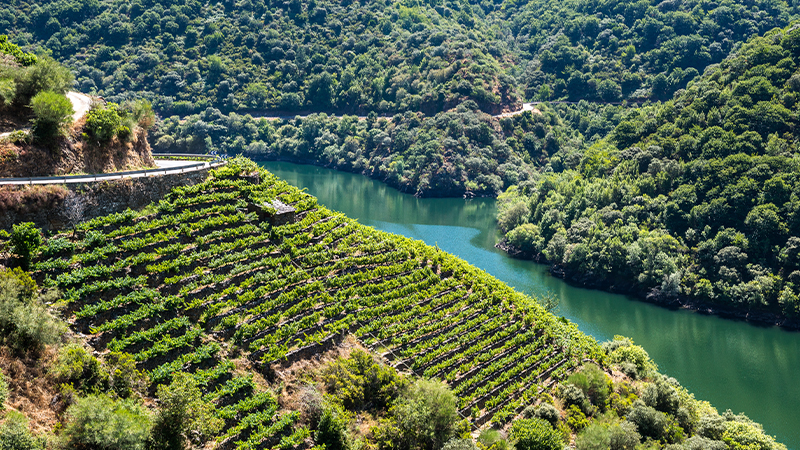
“Europe has a wealth of underrated wine regions, but the one I’m currently most excited about for its elegant and versatile wines is Ribeira Sacra in Galicia, a high-altitude and slightly cooler region of western Spain. The primary red grape varietal, Mencia, has the finesse and nuance and fine-grained texture similar to a Pinot Noir, but is balanced with a distinctly Mediterranean herbaceousness and warmth. The whites, made mostly from the Godello grape, are equal parts juicy, lively, and textural, with a profile that ranges from tropical to mineral. These wines are some of the most expressive and versatile on our list. The one bottle from Ribeira Sacra I just can’t get enough of is the Lousas Vinas de Aldea from Envinate, a Mencia-dominant organic field blend of old vines.” —Mya Brown, director of wine, Fairmont Pacific Rim, Vancouver, B.C.


